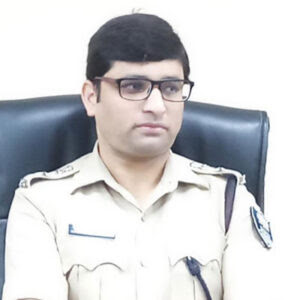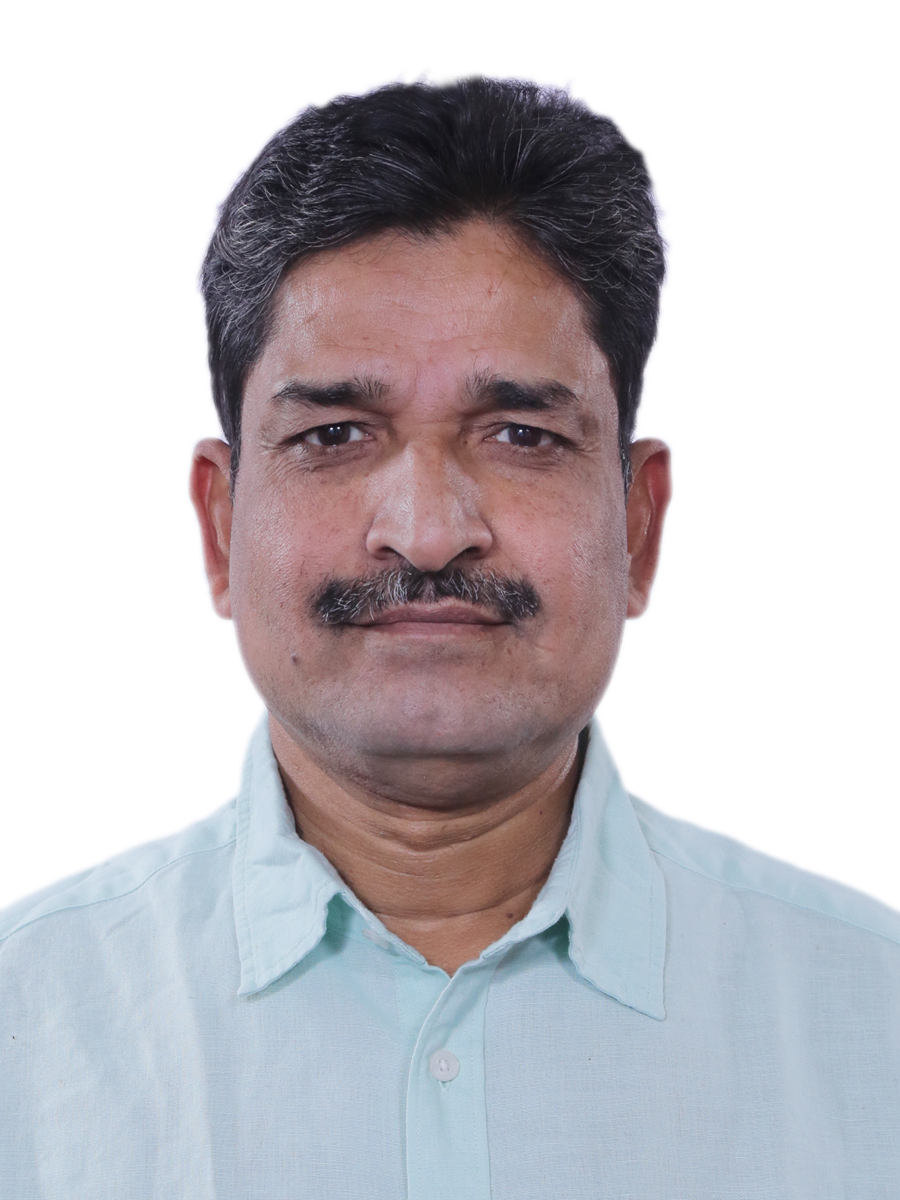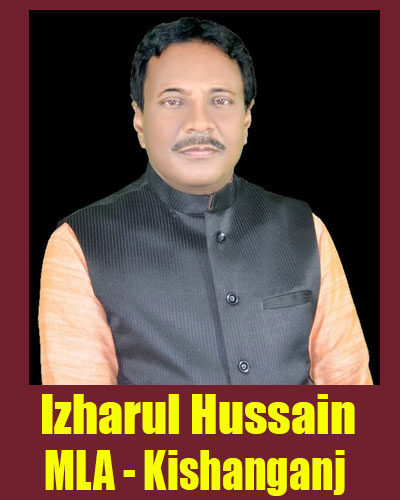If you were a child growing up in rural Bihar in the 90s, there were a few things that you got accustomed to very early: a) the schools could be anywhere between 2 and 15 km from your home; b) you would be lucky if you had a desk and a chair in your classroom and c) you never had electricity. Mumtaz Naiyer is currently at the University of Southampton pursuing his Postdoctoral Research, but the career of this leading scientist had extremely humble beginnings, so much so that had it not been for the sacrifice of his elder brother Mumtaz may never have been able to attend school, let alone become a scientist.
Naiyer recently earned fame across India and the world for being part of a team at the University of Southampton that made a significant discovery in efforts to develop a vaccine against Zika, dengue and Hepatitis C viruses that affect millions of people around the world. In a study published in Science Immunology, researchers have shown that natural killer cells (NK cells), which are a fundamental part of the body’s immune system, can recognise many different viruses including global pathogens such as Zika, dengue and Hepatitis C viruses, through a single receptor called KIR2DS2.
The success for Naiyer is a long, long way from the place he started. Talking to TwoCircles.net about his days in Seemanchal region of Bihar where he grew up, Naiyer says, “My father passed away when I was 8 years old. It was extremely difficult for my mother to support us. As madrasas are cheaper, my mother even asked me to attend the Islamic seminary and become an ‘Aalim’ (Islamic scholar). After my father’s demise, one of my eldest brothers Zainul Abedin had to discontinue his studies to support the education of two younger brothers. As there were no schools nearby, I studied at home and a single teacher used to teach all the children in the village. I was directly admitted to standard three in a government school, which was 4 km away from my village. There were no roads and the situation in the rainy season was like a nightmare. There was a strict discipline in our family for education. No matter how bad the day, one could not miss school.”
In fact, it would be fair to say that nothing that Naiyer achieved in his life came easily to him. Soon after he finished his schooling, he moved to Patna for Class 12 and prepare for medical entrances. Naiyer says he wanted to be a doctor, unlike many others in Bihar who see engineering as a more lucrative career. “I wanted to become a doctor because I had seen young children die in my village due to lack of medical facilities,” says Naiyer. It is clear that since his formative years, Naiyer has always focussed on working in ways that help the poorest the most, and his latest discoveries in the world of diseases like Zika are a testimony to that.
But Naiyer’s journey from wanting to be a doctor to becoming a scientist is also a proof that talent, like a river, finds its way through obstacles. Even though he was unable to crack medical examinations, he was selected for Bachelor of Dental Studies and B.Pharm at reputed institutes but could not take admission due to the high fees. So, he finally decided to do a simple, affordable but promising course: B.Sc. In the early 2000s, biotechnology was slowly finding its feet in India and luckily, the same year Jamia had launched B.Sc. (Biotechnology) programme. “The central university gave us an option to choose either of the programmes. In addition, those who were top in the merit list had an option to choose biotechnology, so I did it,” says Naiyer.
Naiyer stresses that until that time, he had no plans of getting into academics. But, he says, “when I attended lectures of prominent academicians and scientists in my university, it changed my attitude completely towards higher education.” Although he was now doing his graduation, money issues were still far from over for Naiyer. The money sent from home would not suffice for a city like Delhi, so he gave tuition classes to children residing in posh colonies around Jamia. Slowly, his talents were recognised and he started getting a merit scholarship from the Central Wakf Board, Ministry of Minority Affairs, Government of India for two years. That apart, his brothers also tried their best to support him throughout his academic journey.
After his bachelors, he joined Jamia Hamdard for his masters, where again he shone through his academics and earned scholarships. However, just a month before his final exams, his mother passed away. Naiyer says this was the toughest moment in his life. “My family was going through an emotional and a financial crisis. Somehow, I managed to continue my studies,” he adds.
Naiyer also appeared in national level exams like National Eligibility Test (NET) jointly conducted by CSIR-UGC. He was awarded NET -Lectureship and Junior Research Fellowship by the UGC to pursue PhD.
After his masters, Naiyer joined National Centre for Cell Science (NCCS), Pune, an autonomous institution of the Department of Biotechnology, Government of India, for his PhD. This is considered to be one of the top biotechnology research institutes in India and is also a national cell repository. Here, Naiyer was able to work under one of the best Immunologists in the country Dr Bhaskar Saha, who is also a Shanti Swaroop Bhatnagar Awardee.
During his Ph.D., Naiyer gained knowledge in molecular immunology and cell signalling. “I worked on Human Visceral Leishmaniasis also called Kala-azar. My research work ‘Identification and Characterisation of Interleukin-10 Receptor Antagonist’ was published in the journal ‘Human Immunology’. The financial support was provided by the UGC for five years in which I was awarded Junior Research Fellowship (JRF) for two years and senior research fellowship (SRF) for three years,” he says.
At the end of his PhD, Naiyer’s efforts and labour paid off and he received offers for postdoctoral fellowships from world-famous Universities like University of Montreal, Canada; John Hopkins University, Baltimore, Maryland, USA; National Institute of Health, Bethesda, USA; and Imperial College London, UK. He chose the University of Southampton in 2012 as his destination since it was more suited to his areas of research.
Naiyer, who is now on top of his work, says he wants to contribute more to science and use his knowledge and expertise against the serious threats to humankind posed by dangerous viruses such as Zika, Dengue, Ebola, etc.
Talking about his future plans, Naiyer says, “I would like to establish my own lab and become a principal investigator. If given the opportunity, I would like to return to India and want to contribute to the Indian science.”
Naiyer has also not forgotten his roots and earlier this year, his visit to his hometown was somewhat like a celebrity affair when hundreds came to visit him and ask him for guidance. Talking about Seemanchal, Naiyer says, “I along with some other friends from Bihar are trying to develop a unique platform where we can support meritorious students from Seemanchal (Bihar) irrespective of their financial conditions. I have a dream to establish school/colleges, hospitals and healthcare in every block of Seemanchal. I would also focus on girls/women education. I would share the roadmap at an appropriate time,” he says.
Naiyer may have had humble beginnings, but he has shown that people who focus on achieving something in life can never be stopped. He might be thousands of miles away from his home in Seemanchal, but even today he knows that he would do well to contribute to a better and brighter future for the residents of Seemanchal.












